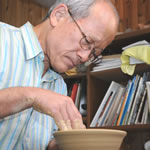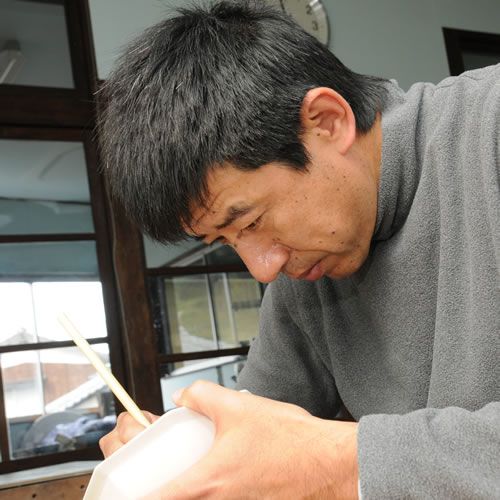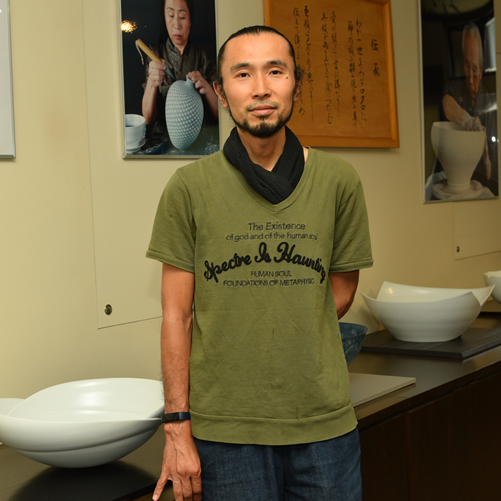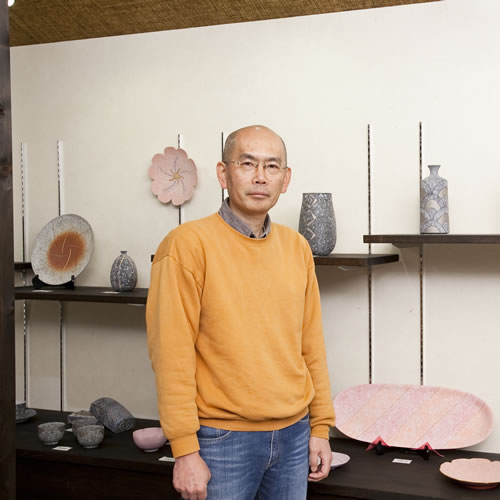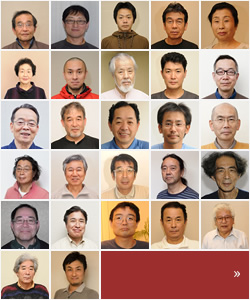Tenmoku
Ceramics fired with iron glaze called Tenmoku glaze and famous for the tea ceremony
Like the celadon porcelain, Tenmoku signifies the mysterious oriental quality as the oldest glazed pottery. Tenmoku now used all over the world was originally named in Japan, yet the root is the Mt. Tenmoku in China. In Song dynasty, a Japanese priest brought black glazed bowls from the mountain temple back to Japan and introduced as Tenmoku bowls. Since then, Tenmoku bowls have been used as the fine art for the tea ceremony.
Five Tenmoku bowls were designated as national treasures and Eleven arts of it were recognized as important cultural properties. It is said that all of the fine Tenmoku bowls are in Japan.
Although Tenmoku bowls are generally known as black, yet the color can be blue. The color range can be from dark plum to yellow, brown to black. Tenmoku as well as celadon porcelain is colored with iron. The color changes based on the amount of iron that is melted into the glaze through the firing process. That is why Tenmoku utensils look crystal in the glaze and even mysterious, for Tenmoku is heavily iron-glazed, compared with the celadon porcelain. It is extremely hard work even for the skilled craftsmen to make a big piece of Tenmoku owing to the firing and cooling process.
There are a number of Tenmoku artists. However, NONAKA, Taku is the prominent Tenmoku artist whose original techniques draw us to the mysterious world.

